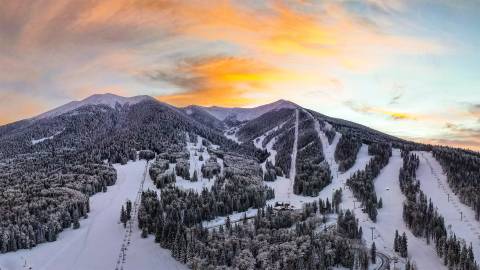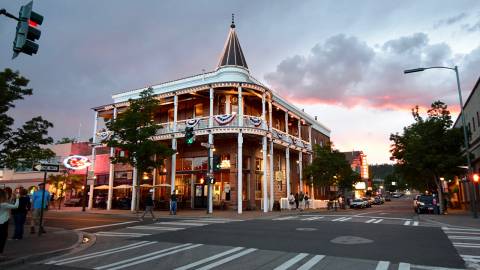Top Five Places for Forest Bathing in Flagstaff
Discover peace and serenity in nature by visiting these five beautiful spots in Flagstaff.
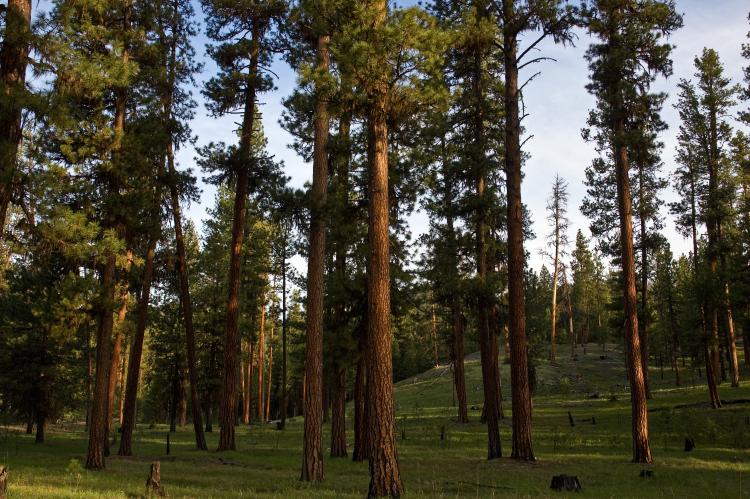
"Shinrin-yoku" translates from Japanese to "Forest Bathing". Although the sustainable-tourism practice doesn’t include soap and water as in body bathing, it does make use of breathing, observation, and stillness for metaphorical bathing of the soul. Benefits of forest bathing, also known as nature therapy, include stress reduction, mental relaxation, boosts to the immune system and improved heart health, sleep, concentration and memory.
Here are five premier spots around Flagstaff that make this ecotourism area one of the top places for forest bathing or "shinrin-yoku", the Japanese practice of immersing yourself in nature.


1. World’s largest contiguous Ponderosa pine forest offers unlimited places for Forest Bathing
"Shinrin-yoku" or "Forest Bathing" uses all the senses to experience the forest. Breathe in the scent of Flagstaff's cool pines, and you might get a whiff of nutmeg or vanilla. The bark of the Ponderosa pine tree emits the aroma of the spices when you put your nose right next to the woody trunk. This type of forest therapy is not about hiking or walking to a destination. You enter the woods to ‘be’ in the woods, to be part of the forest. So move slowly to experience the present moment in Flagstaff’s wooded surroundings.
Since Flagstaff is situated in the largest Ponderosa Pine Forest in the world, it’s easy to find places in town or the surrounding Coconino National Forest to meander through the trees. I recommend starting at Sandys Canyon Trail No. 137, a short, twenty-minute drive from historic downtown Flagstaff. Views of the San Francisco Peaks in the distance, rocky canyon walls and thousands of pine trees are part of what you will experience here. Venture off the path to hear the dried pine needles crunch under your feet. Find a rock outcrop to sit on (called a ‘sit spot’ in Shinrin-yoku terminology) and ask, “What am I noticing?”


2. State’s tallest mountain makes a perfect place for Shinrin-yoku and meditation
Arizona’s tallest mountain, Mount Humphreys, the highest peak of the San Francisco Peaks can be accessed at Arizona Snowbowl Ski Resort. To get to the trees for some shinrin-yoku and meditation, park at the Hart Prairie Lodge parking lot and follow the trail markers at its north end. In spring, summer and fall, I recommend strolling along Aspen Loop Trail down the slope and then north to the Arizona Trail (AZT.) Continuing north on the AZT will take you away from the well-used tracks and into some lovely aspen groves.
For a bit of solitude, step off the trail and listen to the aspen leaves quake in the wind. Pick up a fallen leaf, let it go, and then watch it as it floats to the forest floor. As you do, imagine that the leaf contains your cares. Feel your anxiety float away with the leaf. Do it again. Find a sit spot and remain there for 15 minutes. What are you noticing?


3. Cross the threshold into forest therapy from The Arizona Trail
The Arizona Trail (AZT) winds right through the city limits like a secret passageway within the forest. The trail creates many handy thresholds where you leave the urban environment and enter into the woods to find hideaways that invite you to partake in forest therapy. Flagstaff is designated as an “Arizona Trail Gateway Community” as it is situated on the 800-mile long trail that runs through the state from Utah to the Mexican border.
The AZT offers easy access to places around Flagstaff, where you’ll discover peaceful spots in the Ponderosa pine forest. Listen as the wind works its magic in the rustling of pine needles above you. When you find that inviting place, sit down to watch for small or large movements of swirling evergreen boughs catching in the breeze. Those interested in green tourism come to Flagstaff for this sort of nature therapy and low-impact relaxation.


4. Ecotourism at Walnut Canyon National Monument
Move slowly as you stroll the Island Trail at Walnut Canyon National Monument for a true ecotourism experience. The “island” of land is encircled with 25 cliff dwellings that have been still and quiet for 600 years. Yet in the seeming stillness, notice what is moving around you. You might note insects in the piñon pines, or ravens soaring above. Look for walnut trees in the deep canyon below or pueblos in the cliffs across the canyon. Alternatively, watch the clouds like you did when you were a child. Let child-like curiosity help you experience the park.
Parks and natural landscapes make top places for forest bathing, and this sustainable tourism space is one of my favorites for its 250 steps that take you down into the enchanted canyon and away from life’s stresses. Going back up the stairs gives you time to think about what you have received from the forest bathing experience and which of those gifts you want to carry back home. Make sure that you take only memories and leave only footprints as it’s a federal crime to remove artifacts from archeological sites like this one.
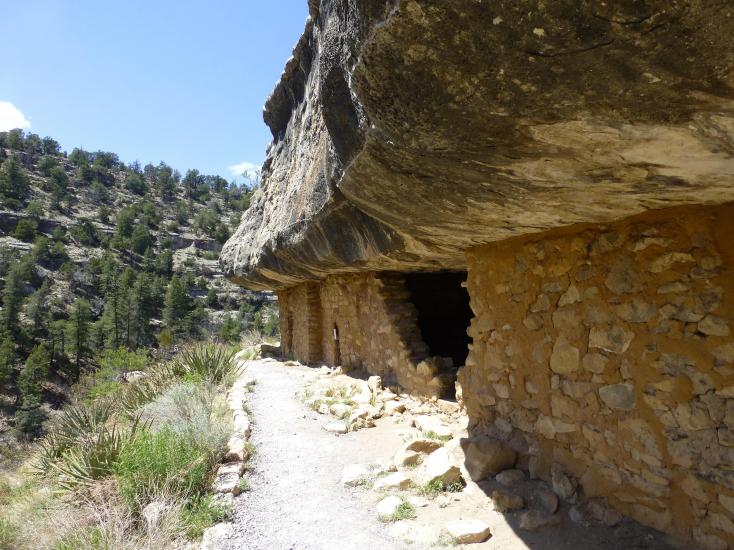
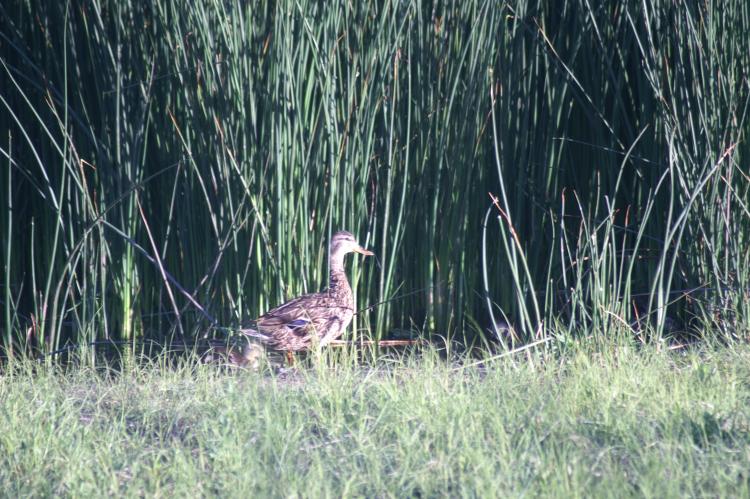
5. FUTS Flagstaff Urban Trails System connects you to the healing powers of the forest
Flagstaff Urban Trails System better known as FUTS, pronounced “Foots,” by locals, offers many spots that will call you to sit and be still. The variety of terrain and ease-full walkways makes FUTS one of the top places for shinrin-yoku and green tourism. The ecotourism friendly urban trail winds its way to a marshland, pictured in the photo above on the Sinclair Wash Trail just south of I-40. Find a sit spot and gaze at the water for six to eight minutes.
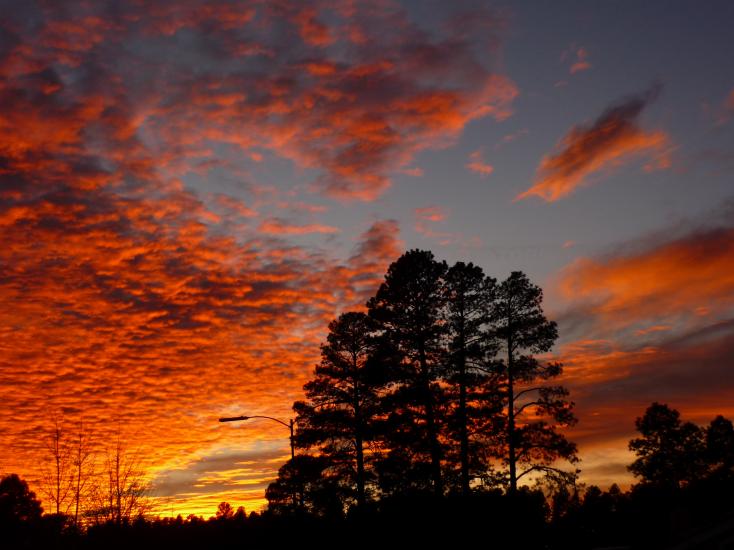
Looking for even more natural sanctuaries in Flagstaff? Check them out here.
About the Author

Stacey Wittig
Stacey Wittig’s adventures have led her up the Inca Trail in Peru eating fried caterpillars, across the plains of Spain enjoying steamed barnacles, and through the vineyards of Cinque Terre sipping Chianti Classico. “The Grand Canyon State is a remarkable place to call home,” declares the wandering writer, who writes from her home in Flagstaff.
